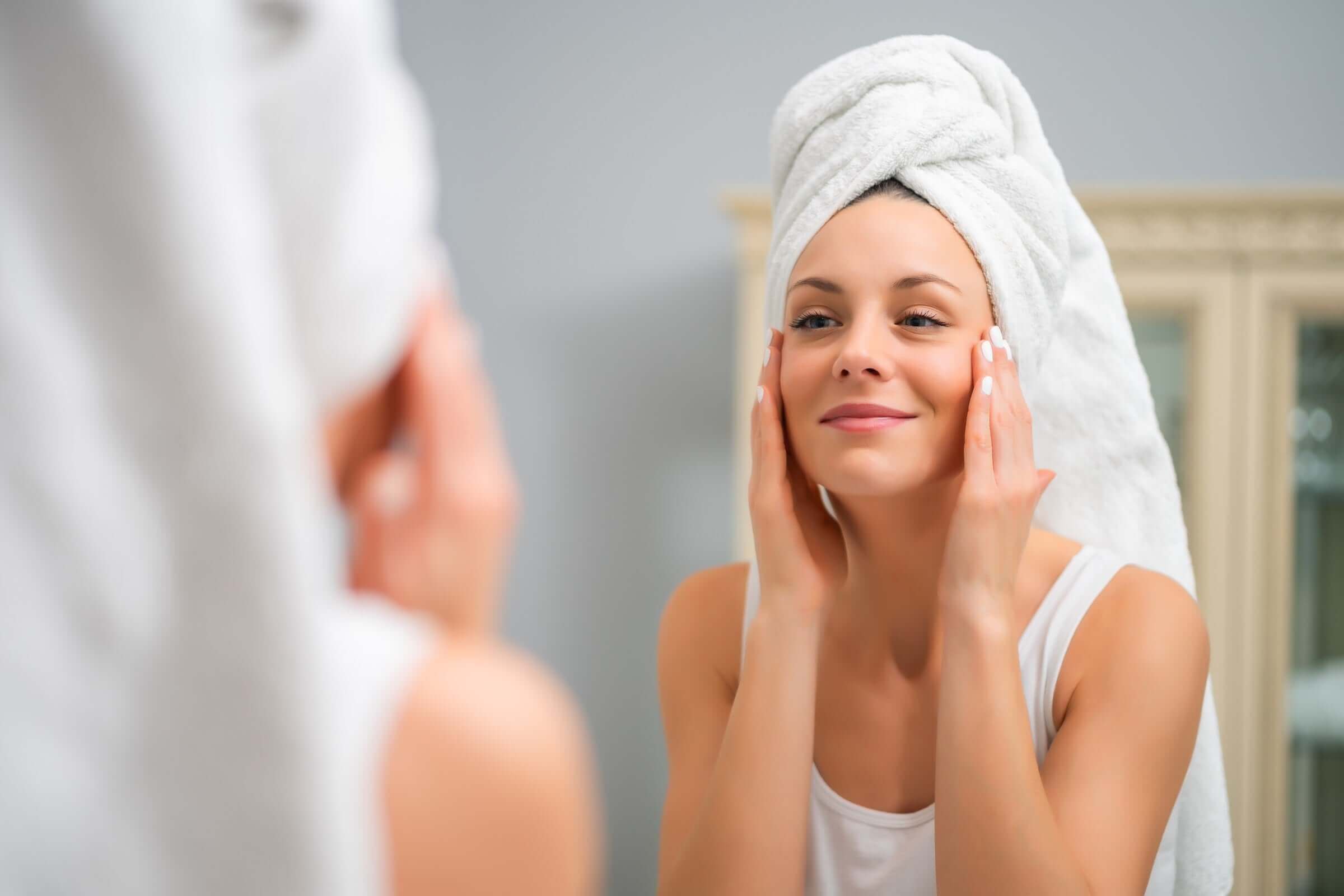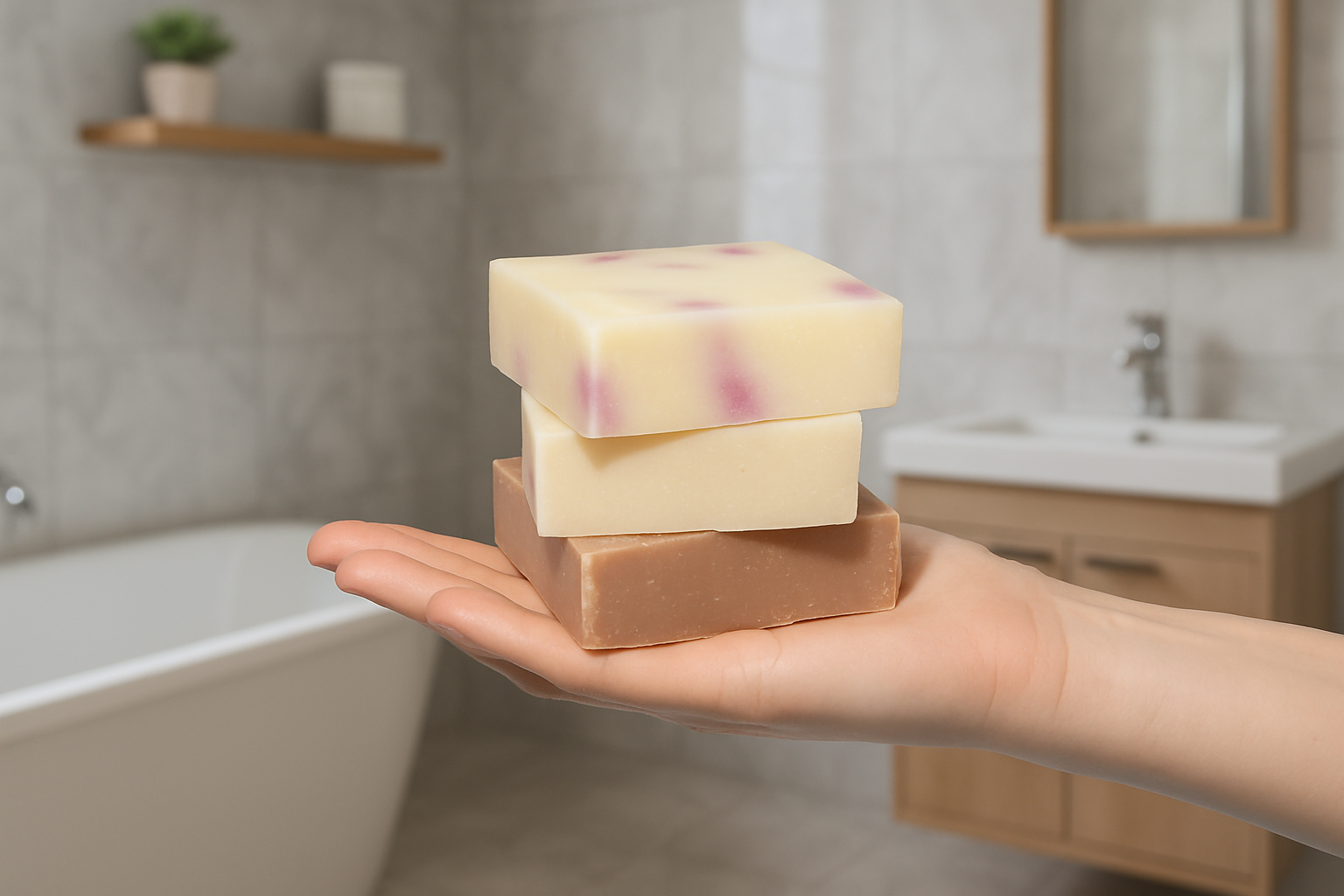Your Guide to Starting Retinoids: When, Why, and How

So, you've heard the hype about retinoids, the superheroes of skincare, right? They're like the Avengers of your beauty cabinet—fighting aging, clearing acne, and renewing your skin's lease on life.
Maybe you're in your early 20s, just dipping your toes into skincare, wondering if it's time to call in the retinoid reinforcements. Or perhaps you're cruising through your mid-30s, spotting those sneaky signs of aging, thinking, "Okay, maybe it's time for the big guns." And hey, even if you're rocking your 50s like a boss, you might still be curious if it's too late to join the retinoid party.
Whether you're new to skincare or a seasoned pro, navigating the world of retinoids can be a bit daunting. But don't worry, we're here to help you through it. Stick around because this blog decodes the benefits of retinoids, the best age to start using them, and how to introduce them into your skincare regimen effectively.
What Are Retinoids?
Retinoids are a class of compounds derived from vitamin A. They include retinol, retinaldehyde, retinoic acid, and synthetic versions like adapalene and tazarotene. These compounds work by promoting cell turnover, increasing collagen production, and reducing inflammation, making them effective for treating a variety of skin concerns.
Benefits of Retinoids
- Anti-Aging: Retinoids are renowned for their ability to reduce fine lines and wrinkles. They stimulate collagen production, which helps to firm the skin and improve elasticity.
- Acne Treatment: Retinoids help unclog pores and reduce the formation of new acne lesions. They are effective for both comedonal (blackheads and whiteheads) and inflammatory acne.
- Hyperpigmentation: Retinoids promote cell turnover, which can help fade dark spots and even out skin tone.
- Texture and Tone: Regular use of retinoids can improve the overall texture and tone of your skin, making it smoother and more radiant.
When to Start Using Retinoids
The best time to dive into the retinoid world is whenever you darn well please! That's right - there's no age requirement for jumping onboard the retinoid train. Sure, the skincare gurus often suggest kicking off the retinoid routine in your 20s to keep those pesky signs of aging and acne at bay. But if you feel like your skin needs a little superhero action before or after that, go for it! It's all about what works for you and your skin's unique journey.
In layman's, the ideal time to start using retinoids hinges on your skin concerns and goals. Here are some general guidelines:
Early 20s
- Prevention: If you’re in your early 20s and are concerned about preventing signs of aging, incorporating a mild retinoid, such as retinol, can be beneficial. Early use can help maintain skin elasticity and reduce the appearance of fine lines before they become more prominent.
- Acne: Many people in their early 20s still struggle with acne. Retinoids can be highly effective in treating both active acne and preventing future breakouts.
Mid to Late 20s
- First Signs of Aging: This is a common time for individuals to notice the first signs of aging, such as fine lines around the eyes and mouth. Starting a retinoid at this stage can help to address these early signs and prevent further aging.
- Persistent Acne or Post-Acne Scarring: For those who continue to struggle with acne or have lingering post-acne marks, retinoids can help improve skin texture and reduce hyperpigmentation.
30s
- Established Signs of Aging: If you’re in your 30s or older and haven’t yet started using retinoids, it’s not too late. Retinoids can still offer significant benefits by reducing fine lines, improving skin texture, and promoting a more youthful appearance.
- Sun Damage: Sun exposure over the years can lead to sunspots and other forms of hyperpigmentation. Retinoids can help to repair some of the damage caused by UV radiation.
40s and 50s
- Advanced Signs of Aging: In your 40s and 50s, you may notice more pronounced wrinkles, loss of firmness, and changes in skin texture. Retinoids can help address these concerns by stimulating collagen production and promoting skin renewal.
- Sun Damage Repair: Years of sun exposure can take a toll on your skin, leading to sunspots, uneven tone, and textural changes. Retinoids can help fade sun damage and improve overall skin tone and texture.
- Maintenance: Even if you’ve been using retinoids for years, it’s essential to continue incorporating them into your routine. They can help maintain the progress you’ve made and continue to promote healthy, youthful-looking skin.
How to Introduce Retinoids into Your Routine
Starting retinoids can be a game-changer for your skin, but it’s essential to do so carefully to minimize potential irritation. Here’s a step-by-step guide:
1. Choose the Right Product: Begin with a mild retinoid, especially if you have sensitive skin or are new to these compounds. Over-the-counter options like retinol or retinaldehyde are less potent and may cause less irritation. Prescription options like tretinoin or adapalene are stronger but might be necessary for more severe skin concerns.
2. Patch Test: Before applying a retinoid to your entire face, conduct a patch test on a small area of your skin to ensure you don’t have an adverse reaction.
3. Start Slowly: Begin by applying your retinoid once or twice a week, gradually increasing the frequency as your skin builds tolerance. This gradual introduction helps to minimize irritation, redness, and peeling.
4. Use a Pea-Sized Amount: A little goes a long way with retinoids. Use a pea-sized amount to cover your entire face, avoiding the delicate skin around your eyes and mouth. Don't forget to extend the application to your neck and décolletage area as well, as these areas can also benefit from the effects of retinoids.
5. Moisturize: Retinoids can be drying, so it’s crucial to follow up with a good moisturizer.
6. Sun Protection: Retinoids can make your skin more sensitive to the sun. Always wear a broad-spectrum sunscreen with at least SPF 30 during the day to protect your skin from UV damage.
7. Be Patient: It can take several weeks to months to see noticeable improvements from retinoids. Consistency is key, and patience is essential.
Potential Side Effects of Retinoids
While retinoids offer numerous benefits, they can also cause side effects, particularly when you first start using them. Common side effects include:
- Redness
- Peeling
- Dryness
- Irritation
- Sensitivity to sunlight
These side effects often diminish as your skin adjusts to the retinoid. If you experience severe irritation, consider reducing the frequency of application or switching to a lower concentration.
Dare to Be Rare with Tub Therapy's Rara A. CBD Retinoid Repair Cream

For a gentle retinoid solution that can seamlessly integrate into your skincare regimen, meet Tub Therapy's Rara A. CBD Retinoid Repair Cream: This unique formulation combines the benefits of retinoid with CBD and collagen to promote radiant, youthful-looking skin.
What's in it?
The Rara A. CBD Retinoid Repair Cream contains broad spectrum CBD, the wellness guru of the cannabis plant world. When you slap it on your skin, CBD taps into the body's endocannabinoid system, playing referee for stuff like inflammation, oil production, and cell turnover.
CBD has a killer combo of anti-inflammatory and antioxidant superpowers, making it a go-to for calming down cranky skin, nixing redness, and giving aging the ol' one-two punch. And when it teams up with retinoids? It's like a match made in skincare heaven, making those retinoids a whole lot gentler on your precious skin.
And as if that wasn't enough, Rara A. boasts Hydrolyzed Collagen in the mix. Collagen is like the scaffolding of your skin, keeping it bouncy and firm. But as the years roll on, our collagen production takes a nosedive, leaving us with those pesky signs of aging. That's where Tub Therapy's Rara A. CBD Retinoid Repair Cream swoops in with its hydrolyzed collagen. By serving up those collagen peptides in bite-sized pieces for easy absorption, this cream helps your skin bounce back, smoothing out wrinkles and leaving you with that fresh-faced glow.
Our verdict?
Move over, Avengers! Retinoids are the real superheroes of the skincare universe, packing a punch that ranges from anti-aging wizardry to zapping zits. The perfect time to unleash their power? Well, that depends on your skin goals and concerns, whether you're rocking your early 20s or embracing the fabulous 50s.
Now, when you're ready to invite retinoids into your routine, remember: slow and steady wins the race. Keep an eye out for any potential side effects, slather on that SPF like it's your skincare mantra, and voilà! With a sprinkle of patience and consistent TLC, you'll be unlocking your skin's hidden potential in no time.
Of course, it never hurts to chat with a derm for personalized advice on choosing the right retinoid for your unique skin type and goals. After all, when it comes to skincare, it's all about finding what works best for you.



